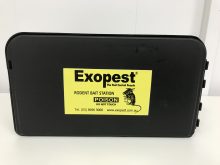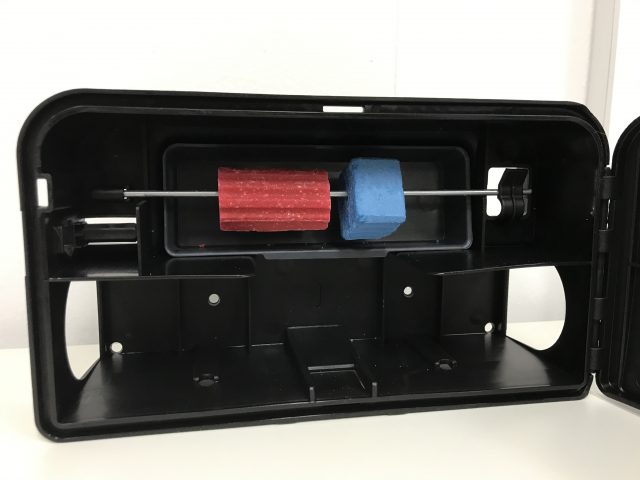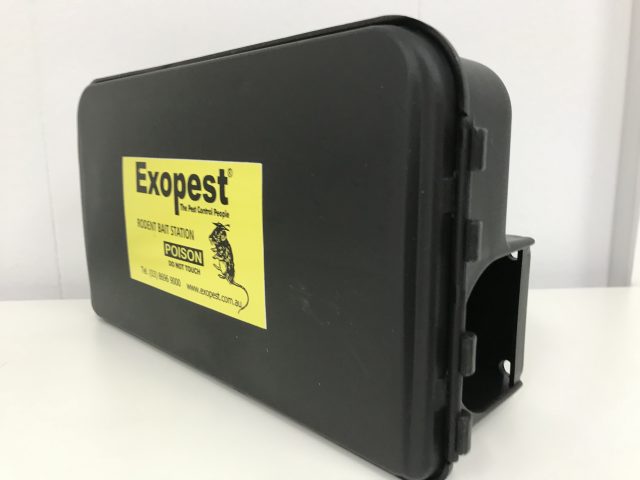
It is a conservative estimate that there is one rat for every person living in Australia. Humans supply their three basic needs: food, shelter, and water.
There are three introduced pest rodents:
The house mouse is by far the most common mammal on earth.

What does a house mouse look like?
Each autumn, the onset of cold weather causes mice to search for food and shelter. Mice are curious, and will enter any hole or crack as small as 6 mm. If they like what they find inside better than what they had outside, you will have a mouse problem. Mice will nest in any hidden area near a source of food.
A mouse family will include a dominant male, several females, and their young. Females will establish a loose hierarchy within their territory. Adult mice will force their young to disperse, although some females may remain close to their parents. The mouse is one of the most prolific of mammals:

The Norway rat is strong, very aggressive, and able to adapt to cold climates.
A rat will shed over 500,000 body hairs each year. Left untouched, a rat’s incisor teeth would grow 10 cm in a year. So rats must chew continuously to wear down their incisors. Rats will chew on wood, aluminium siding, wallboard, plaster, panelling, frozen ground, concrete … anything but glass and most metals.
People see rats more often from September to November (spring breeding), and again in April and May (autumn) as the season changes. But rats are active year-round. Outdoors, rats burrow in earth banks, along walls, under rubbish or concrete slabs, but they are always located close to sources of food and water.
Outdoors or indoors, rats leave obvious oil stains on their trails and entrance holes. They can enter any opening larger than 12 mm in diameter, which means they can squeeze into your home or premises through,
Rodents are a threat to our health
Usually, the first clue of a serious rodent problem is their droppings on the kitchen counter, in kitchen drawers, cabinets, or the pantry. When one dwelling is infested, it’s likely the immediate neighbourhood is, too.
Rodents are difficult for one homeowner to control. Effective control necessitates that all homeowners in a community work together to eliminate sources of food, water, and shelter. Rodents are persistent in their efforts to invade the home, but you can deal with them effectively if you know their capabilities. Call Exopest today 1800 686 299
Getting rid of rodents is difficult. Capturing or poisoning a few rats in the neighborhood makes little impact. To defeat them, a community has to cooperate in capturing or killing them, at the same time starving them, denying them shelter, and cutting off their sources of water. Denied a source of food, rats will turn to killing and eating each other, which further reduces the infestation.
Exopest uses tamper proof bait stations to treat rodents which are a lockable, sturdy plastic box that is designed to allow rodents to enter the device to feed on the rodenticide within it. Tamper-resistant bait stations are designed in such a way that they have baffles, compartments, or tunnels that walls off the bait blocks within the station so that it can’t be reached or shaken out and this further protects it from moisture. The bait blocks are fitted onto special spindles and are attached within the tamper resistant bait station.
The tamper resistant bait stations function in a way that they contain and protect the rodent wax blocks or mechanical trap while allowing rodents to enter. The station meet various criteria that prevent tampering or entry by non-target animals and humans, such as children and pets.



It typically takes 14 -28 days to control the infestation. Most rodents take between 4 – 8 days to die after feeding, but some 14 days. You may hear periodic noises or sightings during your 6-month service period – this is often new rodents entering premises. They will feed and then gradually die off as the rodenticide takes effect. Rodents are initially very shy and wary of foreign objects and may take a few days to accept the baits before feedings.
Rodents can enter the home through a very small opening, usually too small to find and block up. These rodents will locate the bait, feed and die off. Or they are on their way out after eating bait, particularly if sighted during the day, and appearing very brave.
Rats mainly inhabit roof voids and subfloors. Mice activity is usually noticed inside. Exopest place the baits in safe areas in the roof void and under the property in the subfloor. Occasionally behind fridges and stoves, out of reach of children and pets, but secure for rodents to feed.
Allow enough time for feeding to occur and the toxin to take effect: up to 14 days after each feeding commences. Exopest place enough bait to kill many rodents, not just one. We suggest you allow 14 days from each noise or sighting – this allows for ongoing control against new rodents setting up within premises. Rodents can be controlled, but not eliminated from the environs. Rodents are naturally found in and around the building i.e. roof void, wall cavities and subfloor space.
Exopest will place enough bait to last six months, but most people find one baiting each year is enough to control the rodents.
Rodents tend to seek shelter and warmth in the cooler autumn and winter days. They are mainly nocturnal but can be active during the day. Rodents enter the roof and subfloor space for shelter and warmth. Ducted floor and ceiling heating can offer comfortable nesting sites.
Rodents usually venture outside during their normal daily routine, so dead ones are rarely found. If you find a dead rat or mouse, simply dispose of the rodent in a hygienic manner i.e. wrap up in sealed plastic bag and put in the garbage. Wear disposable gloves or wash hands thoroughly afterwards. On arrival at your home, Exopest will confirm it is rodents and (if evidence of Possum’s is present) take extra care by placing bait in Tamperproof rodent stations in the roof space and lower areas of the building. In roofs in general, and
particularly inaccessible areas between floors, the options maybe to remove some downlights or a ceiling fan cover and place some bait blocks or throw packs up through the small opening.
Exopest takes no responsibility after we have left your home for other animals that may enter inaccessible roof areas and eat these rodent baits not in tamperproof stations. If rodent’s die in the accessible roof space, it is just a matter of removing the carcass. Removal of the dead carcass can be carried out by the homeowner or by an Exopest technician (we do charge a return fee for this service).
If the carcass is inaccessible or hidden and begins to smell, you will need to use a deodoriser such as Nil-odour or Exopest can use a masking agent while on site attempting to find the dead carcass. The time from when the rodent dies, to when the odour passes is usually 1- 2 weeks, depending on weather conditions and the time of year. Blow flies are a good indication of some dead animal.
Exopest cannot be held responsible for any costs incurred for removal of any dead animals from inaccessible or accessible spaces.
Call us when you have had continual evidence of new rodent activity for 14 days or more. This may be sightings, continual noises in the roof void or droppings. Remember it is not possible to eliminate all rodents from the area. We can control the number, which are setting up home in your roof though.